
Prendiamo un caffè? Italian Coffee Culture

Let’s face it without the caffè this morning (yes, made with a traditional Italian caffettiera), I wouldn’t be writing this. Names like espresso, cappuccino, latte, and the now ubiquitous Italian espresso machines are a standard part of Australian cafe culture. So it’s natural to assume there is something quintessentially Italian about coffee. As Simona Lidia, a blogger on Italian culture jokes “an Italian will always believe deep inside that coffee grows spontaneously in Italy, and only in Italy, since the Lower Paleolithic.”
Living Italian Coffee
If my experience is anything to go by Italians, even in diaspora, can’t escape Italian coffee culture. Growing up, the tiny white cups were there after an evening meal. Visitors were often made at home with a cup of coffee: strong, black and taken with plenty of sugar. A cup of coffee was the metaphorical closing prayer at every family gathering. As an Aussie kid, I ate through an endless supply of Weet-Bix while growing up. But, during visits to Italy, I discovered that warm milk with a little coffee and biscuits was what breakfast meant. And here is another difference, cappuccinos in Italy are generally only drunk in the morning (i.e. as breakfast). I earned a tourist look from a waiter for making that mistake one day in Rome. Coffee, real coffee, is taken standing up, in the tiny cup, and is called simply caffè or caffè normale.
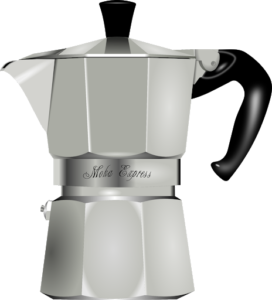
Invariably, at home, Italian coffee would be made with a caffettiera: a Moka Coffee machine. I still use one most mornings. I genuinely prefer the strong flavours of Italian coffee. But using the caffettiera is a domestic ritual with many resonances; memories of every cup of coffee taken with family and friend and of precious things not forgotten.
The Italian Coffee Odyssey
Now, if you’ve been following my articles, you’ll know that we’re not going to be happy until we read the coffee grains, so to speak. How did Italy get a coffee culture? Of course, coffee is not native to Italy. Like sight-seeing spaghetti and traipsing tomato, each with an epic odyssey worthy of Ulysses (and let’s not forget jaunting gelato), coffee has a story to tell.
The Legend of Kaldi
We even have a name of the heroic demi-God who blessed humanity with coffee. His name is Kaldi.
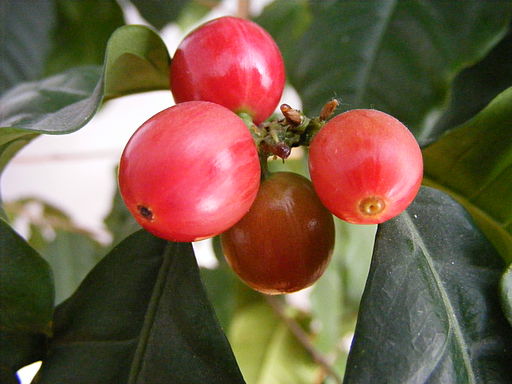
Centuries ago, in the land of Ethopia lived Kaldi (in the year 600 or 900 the story tellers disagree). Kaldi was in the practice of taking a midday nap while tending his goats. One day he awoke to find that they had vanished. Frantically he searched for them. When he found them higher up the mountain, he was astonished to see that they were dancing. Kaldi’s observant eye noticed that they were eating red berries. These he collected and took to the head monk of the nearest monastery. Of course this was the most learned man in his vicinity.
Faustus Naironi, an Italian scholar of the seventeenth century records what happened next. The monk, after some doubts, decided to boil some of the berries himself. He discovered that they kept him awake at night. This was just what the monastery needed to help the monks perform their nightly devotions. And so the discovery spread. Whether there really was a monastery we will never know, but the word Faustus uses for coffee in his Latin text is “Cahua” that is the Arabic word قهوة.
Mocha Magic
Another legend attributes the creation of coffee to Yemen. In this version of the odyssey, a Sufi mystic by the name of Omar was driven into the desert after falling out with the local authorities. Emaciated, he ate the bitter red berry to survive, learning to roast it over his fire. A problem with this version of the myth is that coffee is not native to Yemen. Coffee is native to Ethiopia. Yemen however is the first place where it was systematically cultivated.
In fact, like the Moka coffee machine, one version of coffee is named after the Yemenite city of Mocha. It recalls Yemen’s commercial dominance in the product in past centuries. Yemen has long be on ancient trade routes. And while it took time, eventually coffee spread from Yemen across the Arabian peninsula. By the turn of the millenium the Persian scholar and polymath Avicenna (Abu al-Sina) was reporting on the nature of coffee in his Canon of Medicine.
The Trouble with Coffee
As with the spread of the tomato to Europe it was external conquest that created a pathway for coffee. In this case, in the sixteenth century the Ottoman Empire conquered Arabia and Yemen. (An even earlier conquest, when Ethiopia briefly ruled Yemen might have first brought the bean there). Like other new-fangled things in history, whether coffee was “OK” became a subject of religious dispute. (Although coffee drinkers keeping the neighbours up late at night with their carousing might have played a part as well).
In any case, the “holier-than-thou” crowd sought to condemn it as un-Islamic. But coffee drinkers weren’t going to give up without a fight. Legends circulated that the Angel Gabriel presented coffee as a gift to the Prophet. Police chiefs lined up on one side, and Sultans on the other. In Cairo a judge “mediated” a dispute over the legitimacy of coffee by serving coffee to both sides. Apparently it worked. By 1555 the first coffee houses were being opened in Constantinople.
As coffee houses began to spread across the Ottoman Empire, it also became politically contentious. If you were unhappy with the latest homicidal tyrant running the Empire, where could you go to grumble with your friends? The coffee-house. Using religion as an excuse, Murad III tried to close them down in the 1580s. His successor Murad IV made taking a cup of coffee a crime punishable by death. More precisely, he had coffee shop patrons tied in a bag and thrown in the Bosphorus. But people really loved their coffee. And the coffee martyrs did not die in vain, because coffee was unstoppable.
Coffee arrives in Europe and More Coffee Trouble
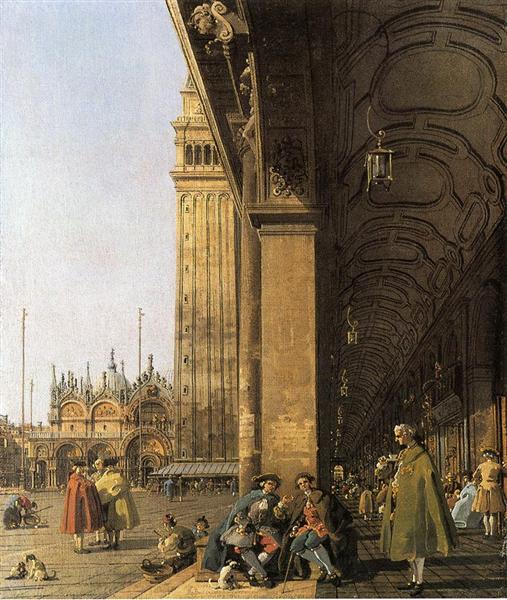
Soon enough coffee was making its way along ancient trade routes into Europe. As in its heartland, here again religious concerns arose. Was coffee the drink of Satan? The cunning bean sent the old goat packing, by inducing the Pope to baptise it into the Christian faith! So the story goes, in 1605 Pope Clement VIII, having tried the new concoction exclaimed “Why this Satan’s drink is so delicious that it would be a pity to let the infidels have exclusive use of it. We shall fool Satan by baptizing it and making it a truly Christian beverage.”
By the 1650s water vendors were selling coffee on the streets of Italy. In the same year Jacobs (a Jewish immigrant from Lebanon) opened a coffee house in the exalted grounds of Oxford University. Venice’s first coffee shop “Caffè” opened in 1683. In 1669, the Turks gave their national drink a push in France when their ambassador hosted magnificent coffee parties. However coffee did not take there until an Italian immigrant, Francoise Procope opened a coffee house in Paris in 1689.
But coffee had many enemies. In France the medical establishment attacked it. In England women petitioned against coffee because, they said it left their men impotent. (It was more a case of the men’s circular visits to the pub and the coffee shop that was the problem). Like the Ottoman sultans, Charles II King of the United Kingdom also saw the seeds of sedition in the spreading coffee houses. His attempt to introduce the 1675 Proclamation for the Suppression of Coffee Houses almost provoked a revolution in itself. London was in uproar. The proclamation was withdrawn before it came into effect. Yet as is well known, the world is divided between tea and coffee, and ultimately tea was victorious in Albion. The USSR may be gone, but the great beverage divide subsists.
By the 18th century coffee had spread across Europe and Johann Sebastian Bach was writing the Coffee Cantata to the drink lovelier than a thousand kisses.
Of Trade, Empire and Slaves
Of course we are well into the era of the European trading empires and coffee wasn’t just making its way north-west. Like other highly prized products, efforts were made to prevent coffee being produced outside Yemen. In the 1600s, an Indian named Baba Budan smuggled some live seeds to Mysore during a pilgrimage to Mecca. The Dutch who then dominated the seas procured a plant in the same period, setting up rival production in Aden, but they were going global. In 1658 they started production in Ceylon and from there to Java (still a noted coffee brandname) and the Dutch East Indies. Indeed, I have learnt from my wife’s family lore that coffee was to remain supreme in Ceylon until agents of British tea companies aggressively pressed the consumption of tea throughout the island in the twentieth century!
Coffee arrived in the New World soon enough though. Boston, in 1689 saw its first coffee house. The clever American Revolutionaries decided to throw tea instead of coffee into the harbour when they struck a blow for freedom. (Well it was the tax really, but why spoil a good story). The land of the free in fact banned tea for a time. All men are created equal, but clearly tea is no match for coffee.
But as we sip a cup of coffee it is well to recall that most of it is produced from the sweat of the poor and that global supply chains can be pitiless to those who draw forth treasure from the earth.
A Dutch civil servant saw its brutality in the 1800s reflecting the experience in a novel.
Strangers came from the West who made themselves lords of this … land, forcing him to grow coffee for pathetic wages. Famine? In a rich, fertile, blessed Java – famine? Yes, dear reader. Only a few years ago, whole districts died of starvation. Mothers offered their children for sale to obtain food. Mothers ate their children … He grew rich on the poverty of others …
Edward Douwes Dekker, in the novel Max Havelaar, cited by Pendergrast, p 19
Not only the people suffered. Warren Dean in his With Broadax and Firebrand: the Destruction of the Brazilian Atlantic Forest, documented the destruction of the rainforest caused by coffee cultivation. As coffee was planted the land quickly became depleted and the farmers would clear more trees, devastating the forest.
Also in Brazil, coffee barons brought about the abolition of slavery, but only because they found it cheaper to bring debt bonded labourers from Europe (in virtual slavery) to cultivate the bean. Further north in Guatemala, a land eminently suited to coffee, coffee interests took over the government, forcing Indians into similar debt bondage and coffee production; turning the country into a virtual penal colony with an enormous military force to compel compliance.
Today conditions for coffee pickers, if not as brutal as the past, are still hard as Schenck describes.
No one thinks much about the pickers, the unsung heroes of the entire operation. Pickers sit at the bottom of the coffee chain economically and socially … Pickers generally get paid by the weight of the cherries they pick, … During harvest season, unless their homes are nearby, coffee pickers live on the farm, often in primitive bunk-style shelters. The one I peeked into had three levels of wooden bunks and housed about fifty workers. It was hot, smelly, dark, and primitive. There were no mattresses, blankets, or pillows, and certainly no privacy, running water, or electricity. The pickers remain the most vulnerable population in the coffee industry. In Nicaragua, pickers earn as little as $2 or $3 dollars per day even though the minimum wage is officially $6. The specialty coffee farms I visited paid between $7 and $10 per day, but that’s the high end.
Schenck, Holy Grounds …, pp 36 and following
That global chain of oppression of course stretches all the way to the supermarket, where the choices we make flow across the planet. Fair trade coffee is an option that many promote to address the problem. Various fair trade organisations have established certification systems. Some though criticise these measures as ineffective. They argue this is selling poverty itself as a commodity. Critics question whether the money poor coffee farmers which the system benefit from the system. Some argue that it is necessary to buy only from a provider who can tell you the precise farm the coffee was grown in. Made in “country X” is not good enough.
If coffee pickers can scale mountains to bring us coffee we can spend a few moments more in the aisle when we choose coffee.
Meanwhile back in Italy
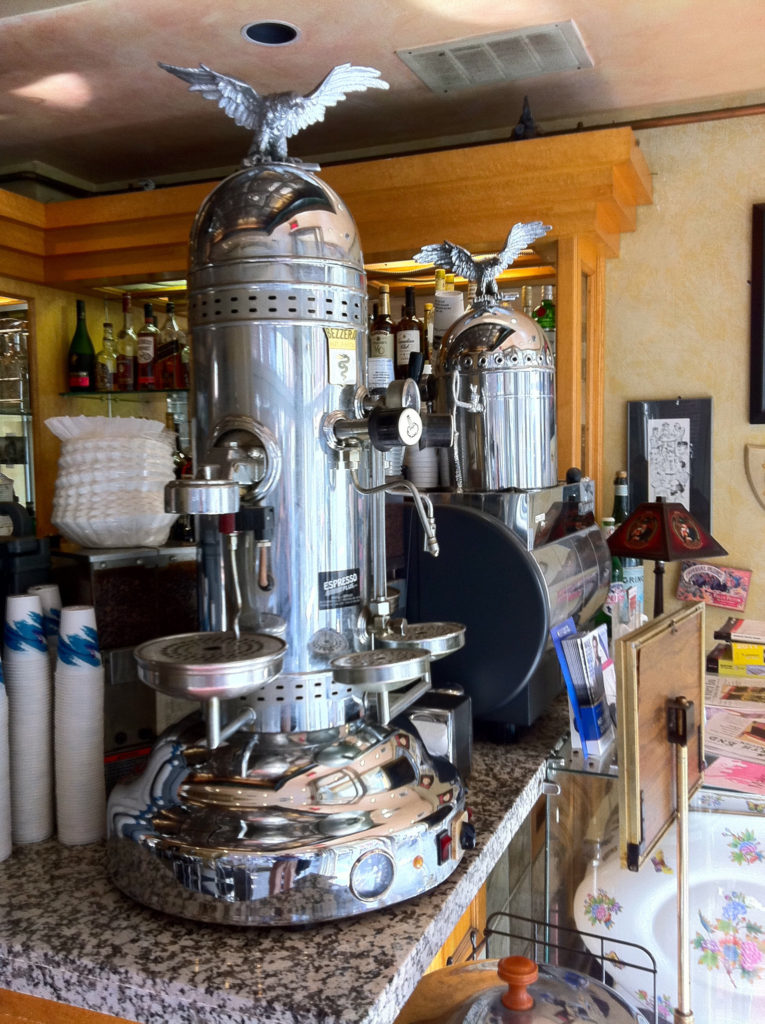
The Italian contribution to twentieth century coffee culture came in the form of new technology. In 1901 Luigi Bezzera invented the espresso coffee machine. These machines work by forcing high pressure steam through the coffee beans. Italy produced them in various versions and by the 1930s they had spread across Europe. They were capable of producing thousands of coffees an hour.
By the 1980s, espresso bars in Italy were in the hundreds of thousands. Milan alone boasted 1,500. It will surprise (although it shouldn’t) that the idea for Starbucks started in a Milan espresso bar. An American coffee entrepreneur saw the baristas at work there:
The barista moved so gracefully that it looked as though he were grinding coffee beans, pullings shots of espresso and steaming milk at the same time, all the while conversing merrily with his customers. It was great theater. … It was like an epiphany … I was shaking.”
Schultz, cited in Prendergrast, p 368
Despite this romantic origin story, I’m glad to say Starbucks hasn’t swallowed Italian coffee culture and like McDonalds struggles to enter the Italian market. Starbucks coffee is simply something different and in the end not the real thing. Starbucks adapted to American tastes and turned itself into a liquid fast food store.
Well I don’t know about you, but I feel like a coffee. Allora, ci prendiamo un caffè?
Images
Una tazzina di caffè a Ventimiglia, Liguria, Italia. Wikimedia Commons. Lemone / CC BY-SA (https://creativecommons.org/licenses/by-sa/4.0)
Bezzera Coffee Machine – Boston Creative Commons image Andrew Nash https://www.flickr.com/photos/andynash/6204253236
Sources
- Mark Prendergrast, Uncommon Grounds The History of Coffee and How it Transformed Our World, Basic Books 1999
- Tim Schenck, Holy Grounds: The Surprising Connection between Coffee and Faith—From Dancing Goats to Satan’s Drink, 2019
- Catherine M. Tucker, Coffee Culture: Local Experiences, Global Connections

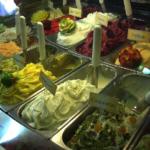
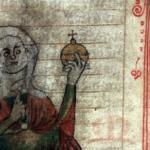
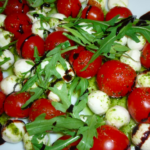
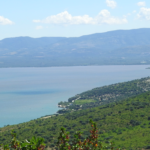
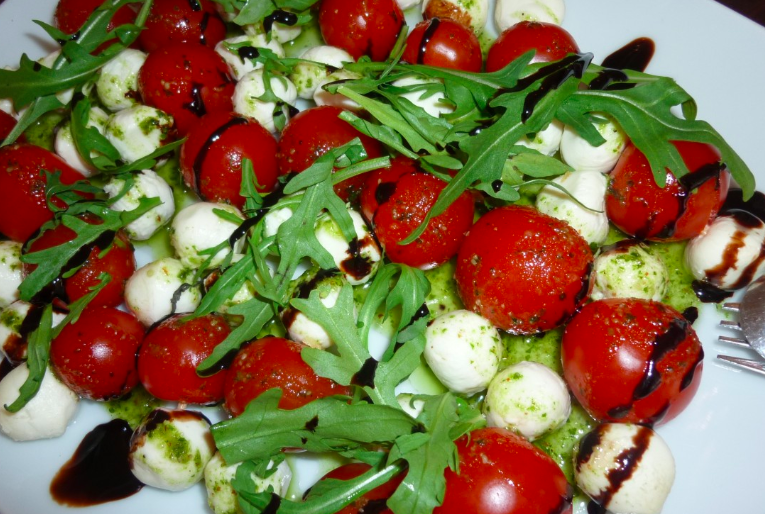
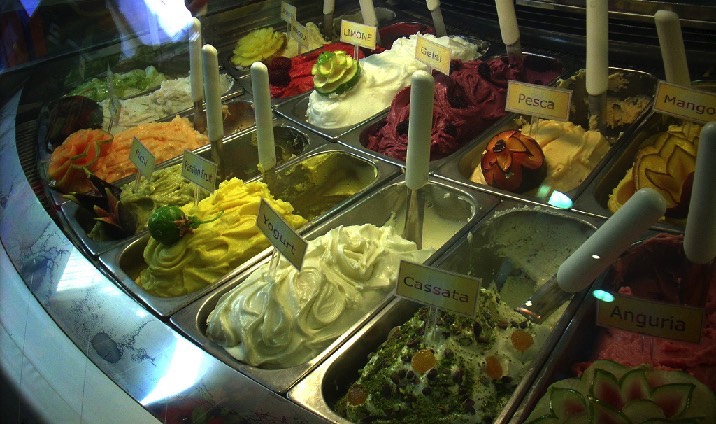
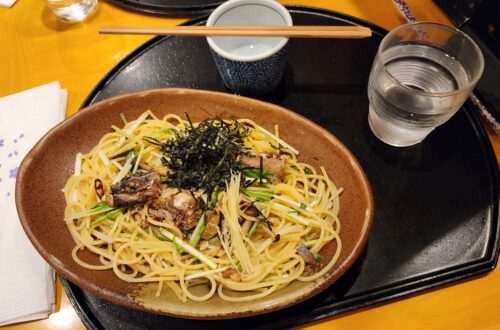
4 Comments
Michael Curtotti
Thanks Graham. Glad you enjoyed it.
Graham H
Once again a great read Michael. Thanks
Michael Curtotti
Thanks Helene, Lovely to hear from you. It’s lovely that the legend from Ethiopia gives us Kaldi’s name! warm regards Michael
Helene Safajou
So interesting as usual dear Michael! I love all your articles, but my Ethiopian roots loved this one even more and I learnt so much! Molto Gracie!